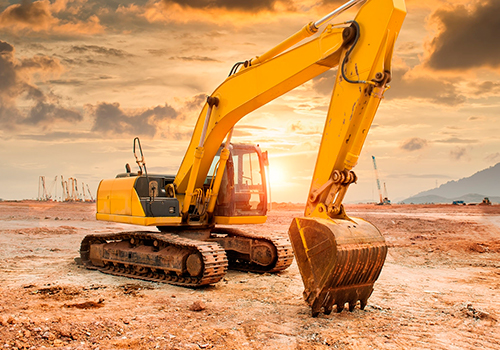China Engine Camshaft
In modern engine technology, the camshaft plays a vital role. It is not only the core component of the engine valve mechanism, but also a key factor affecting engine performance, fuel economy and environmental performance. As an important global automobile manufacturing and parts production country, China has also made remarkable achievements in the research and development, production and application of engine camshafts.
I. Technical characteristics of camshafts
(I) Structure and function
The camshaft is a key component of the engine. Its main function is to control the opening and closing of the valves, thereby realizing the intake, compression, combustion and exhaust processes of the engine. The camshaft is usually made of high-quality alloy steel or special cast iron, with high strength and toughness. Its main body is a cylindrical rod with the same length as the cylinder group, with several cams on it to drive the valves.
(II) Layout
The layout of the camshaft mainly includes three types: down-mounted, mid-mounted and up-mounted. Among them, the up-mounted camshaft (DOHC) is the most common. This design brings the camshaft closer to the valve, reduces the number and length of transmission components, thereby improving transmission efficiency and reducing friction loss.
(III) Processing technology
The processing technology of camshafts is complex and requires high precision. Its processing includes forging, heat treatment, grinding and other links. In order to ensure the performance and life of the camshaft, it is necessary to strictly control the shape accuracy, position accuracy and dimensional accuracy of the camshaft.
(IV) Application of new technologies
With the improvement of environmental protection requirements, many new technologies are adopted in camshafts in modern engines, such as variable valve timing technology (VVT) and variable valve lift technology (VVL). These technologies can dynamically adjust the opening time and lift of the valve according to the working conditions of the engine, thereby improving the power performance and fuel economy of the engine while reducing emissions.
2. Application scenarios of camshafts
(I) Automobile engines
In automobile engines, camshafts are widely used. Whether it is a naturally aspirated engine or a turbocharged engine, the camshaft plays an indispensable role. For example, the Volkswagen EA211 engine uses a high-performance timing belt to drive the camshaft. This design not only reduces cost and weight, but also reduces the power consumption and transmission noise inside the engine.
(II) Motorcycle engines
The performance requirements of motorcycle engines for camshafts are also very high. Since motorcycle engines usually need to run at high speeds, the design of camshafts needs to pay more attention to the rapid opening and closing of valves and high-precision control.
(III) Industrial equipment
In addition to automobiles and motorcycles, camshafts are also widely used in various industrial equipment, such as generator sets, construction machinery, etc. These equipment have higher requirements for the durability and reliability of camshafts.
III. China's advantages in the field of camshafts
(I) Manufacturing capabilities
China has significant advantages in the manufacture of camshafts. With advanced processing equipment and mature production processes, China is able to produce high-quality and high-precision camshaft products. At the same time, China has also made great progress in material research and development, and can select suitable materials according to different application requirements.
(II) Cost control
Compared with developed countries, China has obvious cost advantages in camshaft production. This makes the camshafts produced in China have a high cost-effectiveness in the international market and can meet the needs of different customers.
(III) Technological innovation
In recent years, China has continuously innovated in camshaft technology and gradually introduced advanced technologies such as variable valve timing. The application of these technologies not only improves the performance of the engine, but also provides support for the realization of environmental protection goals.
IV. Future Development Trends
As the automotive industry moves towards electrification and intelligence, the market share of traditional internal combustion engines may be affected to a certain extent. However, the continuous advancement of engine technology will still be an important development direction in the future. Against this background, camshaft technology will also continue to innovate to meet higher performance and environmental protection requirements.
For example, in the future, camshafts may further optimize their design to achieve higher valve lift and more precise valve control. At the same time, with the advancement of materials science, the application of new high-performance materials will also provide support for the performance improvement of camshafts.
V. Summary
As the core component of the internal combustion engine, the technical characteristics, application scenarios and manufacturing processes of the engine camshaft have a profound impact on the overall performance of the engine. China has made remarkable achievements in manufacturing capabilities, cost control and technological innovation in the field of camshafts, and with the continuous advancement of technology, it is expected to continue to maintain its leading position in this field in the future. Whether it is automobiles, motorcycles or industrial equipment, high-quality camshafts will continue to provide guarantees for the efficient operation of engines.



